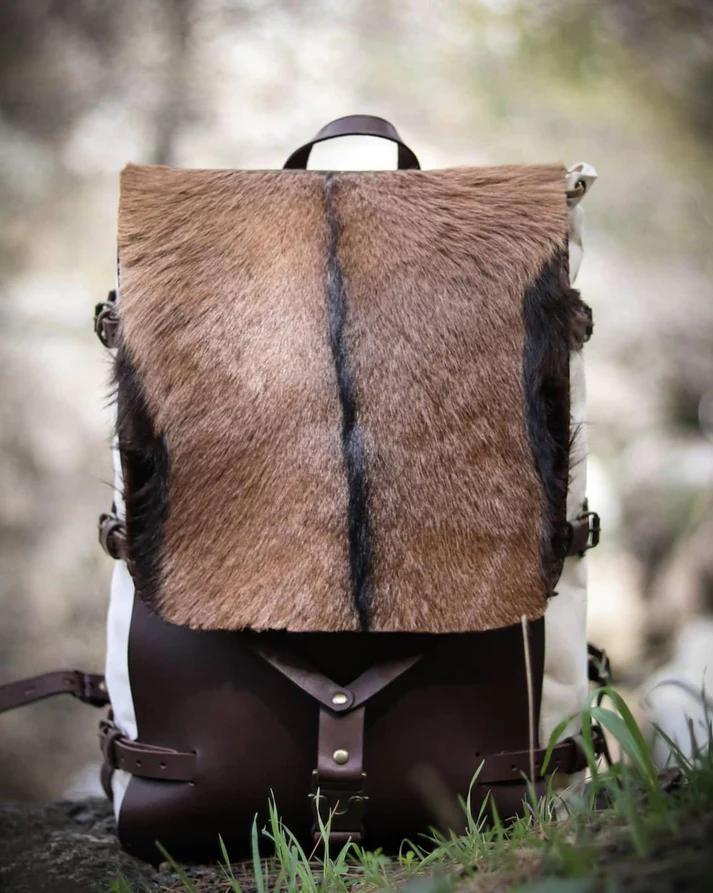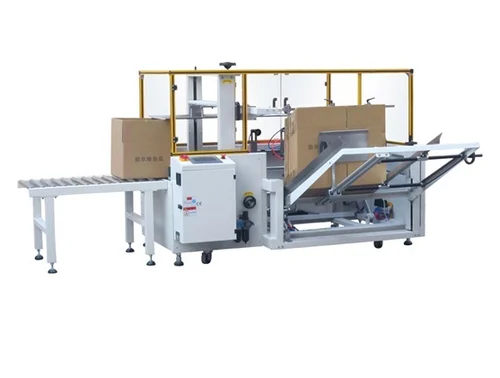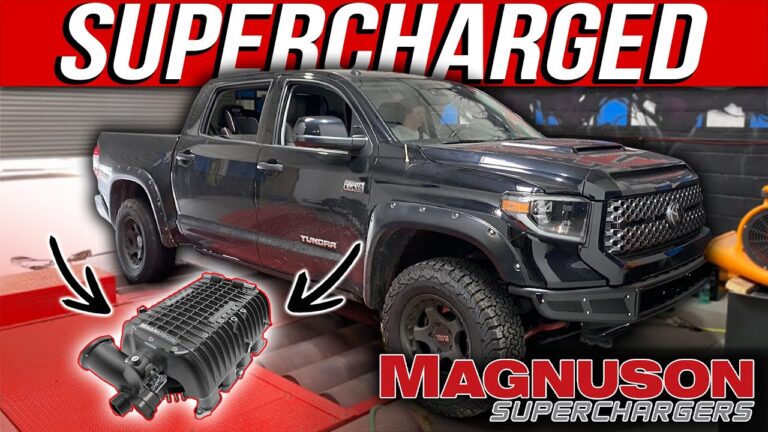How to Customize a Bushcraft Backpack for Wilderness Living

Living in the wilderness requires preparation, adaptability, and reliable gear. Among the most vital tools for outdoor survival is your backpack. A bushcraft backpack serves as the foundation for carrying everything you need, but not all packs come perfectly suited to individual needs. This is where customization plays a crucial role. By tailoring your backpack to match your survival style, you can create a system that improves efficiency, comfort, and self-reliance in the wild.
Why Customization Matters
A standard Buschcraft backpack is built for rugged durability and versatile use. However, wilderness living is highly personal—what works for one adventurer may not suit another. Customizing your pack allows you to fine-tune organization, expand carrying capacity, and ensure that tools are placed where you need them most. This adaptability helps streamline survival tasks such as shelter building, cooking, and navigation.
Choosing the Right Base Pack
Before customizing, start with a strong foundation. Look for a backpack made with durable materials such as waxed canvas or reinforced leather, as these resist tears and endure harsh conditions. A solid pack with reinforced seams, padded straps, and multiple compartments makes it easier to modify without compromising its integrity.
Add-On Pouches and Modular Attachments
One of the most effective ways to customize a bushcraft backpack is through modular attachments. Many survivalists add pouches or pockets using straps, clips, or MOLLE systems to expand storage. These additions allow you to separate critical gear such as fire-starting kits, water filtration systems, and first-aid supplies for easy access. Modular pouches also keep smaller tools from getting lost at the bottom of your pack.
Popular Add-On Options:
- Knife Sheath Attachments – Secure a bushcraft knife to the side of your pack for quick access.
- Utility Pouches – Store items like cordage, multitools, or small cooking utensils.
- Bottle Holders – Keep water bottles or thermos flasks accessible without unpacking.
Organizing Internal Compartments
Internal organization can be just as important as external attachments. Customization inside the bag often includes:
- Dry Bags or Waterproof Liners – Protect clothing and food from rain or accidental spills.
- Packing Cubes or Small Stuff Sacks – Separate items by category, such as tools, cooking gear, or hygiene supplies.
- Color Coding – Use differently colored bags for quick recognition in low light.
This level of organization not only prevents clutter but also saves time in emergency situations.
Customizing for Comfort
Carrying heavy loads for long distances can strain the body, so comfort-based customization is essential. Adjusting your backpack with padded shoulder straps, waist belts, and chest straps distributes weight more evenly. Some survivalists also modify their packs by adding foam padding or adjusting frame support to suit their body type. Comfort-oriented customization ensures you can move efficiently without fatigue becoming a liability.
Tools and Gear Placement
The placement of tools within your bushcraft backpack can drastically impact wilderness living. For example, keeping frequently used tools—such as a fire starter, compass, or knife—in side pouches saves time and energy. Heavier gear should always be packed closer to your back for stability, while lighter items can be stored outward. Customizing gear placement based on personal routine makes wilderness living smoother and more efficient.
Weatherproofing Your Pack
Another customization strategy is improving weather resistance. Even if your bushcraft backpack is made of durable materials, additional waterproofing measures add an extra layer of protection. Options include:
- Applying wax to canvas surfaces.
- Using waterproof spray treatments.
- Adding a rain cover that can be quickly deployed in storms.
Such modifications ensure that your survival essentials remain dry and functional in unpredictable conditions.
Integrating Wilderness-Specific Tools
Depending on your environment, you may want to adapt your backpack for specialized needs. For example:
- Forested Areas – Add holders for axes or saws.
- Mountainous Regions – Carry extra rope or climbing gear.
- Cold Environments – Attach external straps for bulky gear like sleeping bags or insulated clothing.
By customizing based on terrain and climate, your pack becomes a tailored survival companion rather than a generic storage bag.
Balancing Customization with Practicality
While customization enhances efficiency, it’s important not to overload your backpack. Every additional pouch, tool, or attachment adds weight. Striking a balance between preparedness and mobility ensures that your pack remains functional without slowing you down. The key is customizing thoughtfully—prioritizing essential tools over unnecessary extras.
Long-Term Benefits of a Customized Pack
Customizing a bushcraft backpack not only improves daily survival tasks but also builds familiarity with your gear. Knowing exactly where each item is stored can be critical in emergencies. Additionally, personalization encourages a stronger sense of self-reliance, giving you confidence that your gear is adapted specifically for your wilderness lifestyle.
Conclusion
A bushcraft backpack is more than just a bag—it’s the centerpiece of wilderness living. Customizing it to your needs allows you to stay organized, travel comfortably, and face the unpredictable challenges of nature with confidence. From modular pouches to weatherproofing techniques, thoughtful modifications turn a standard pack into a personalized survival system. In the wilderness, where efficiency and reliability matter most, customizing your backpack can make all the difference between simply enduring and truly thriving.






